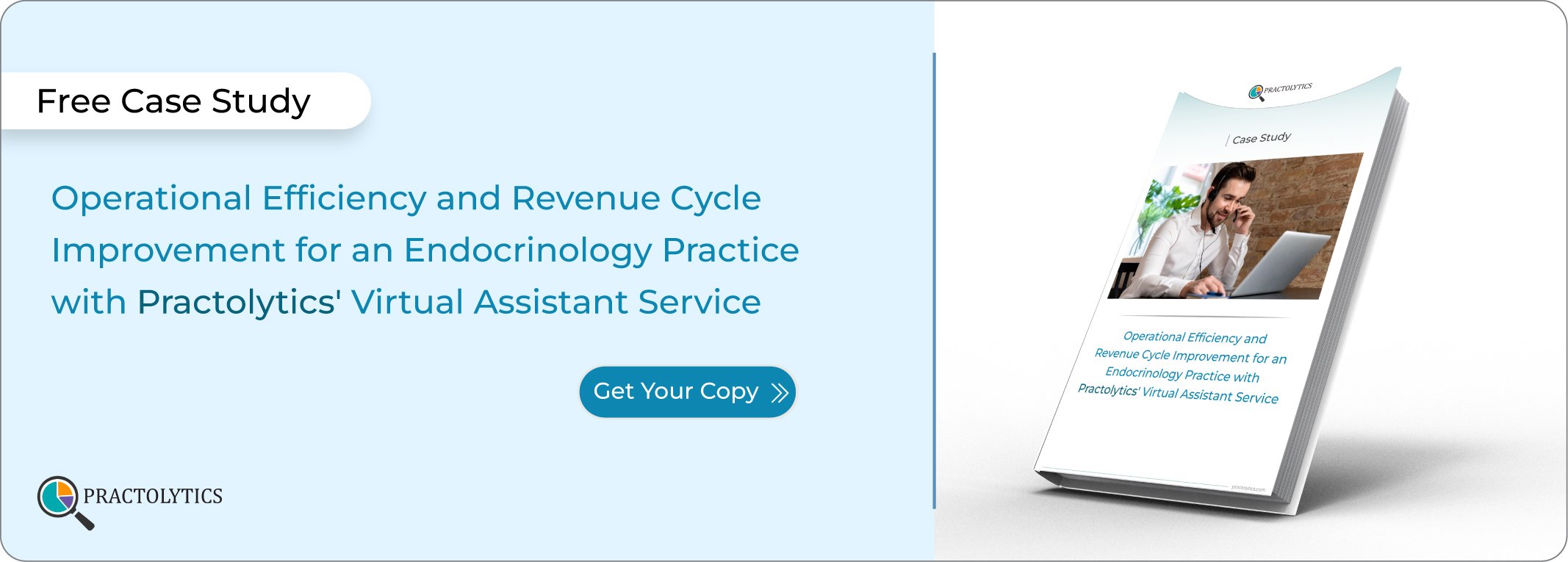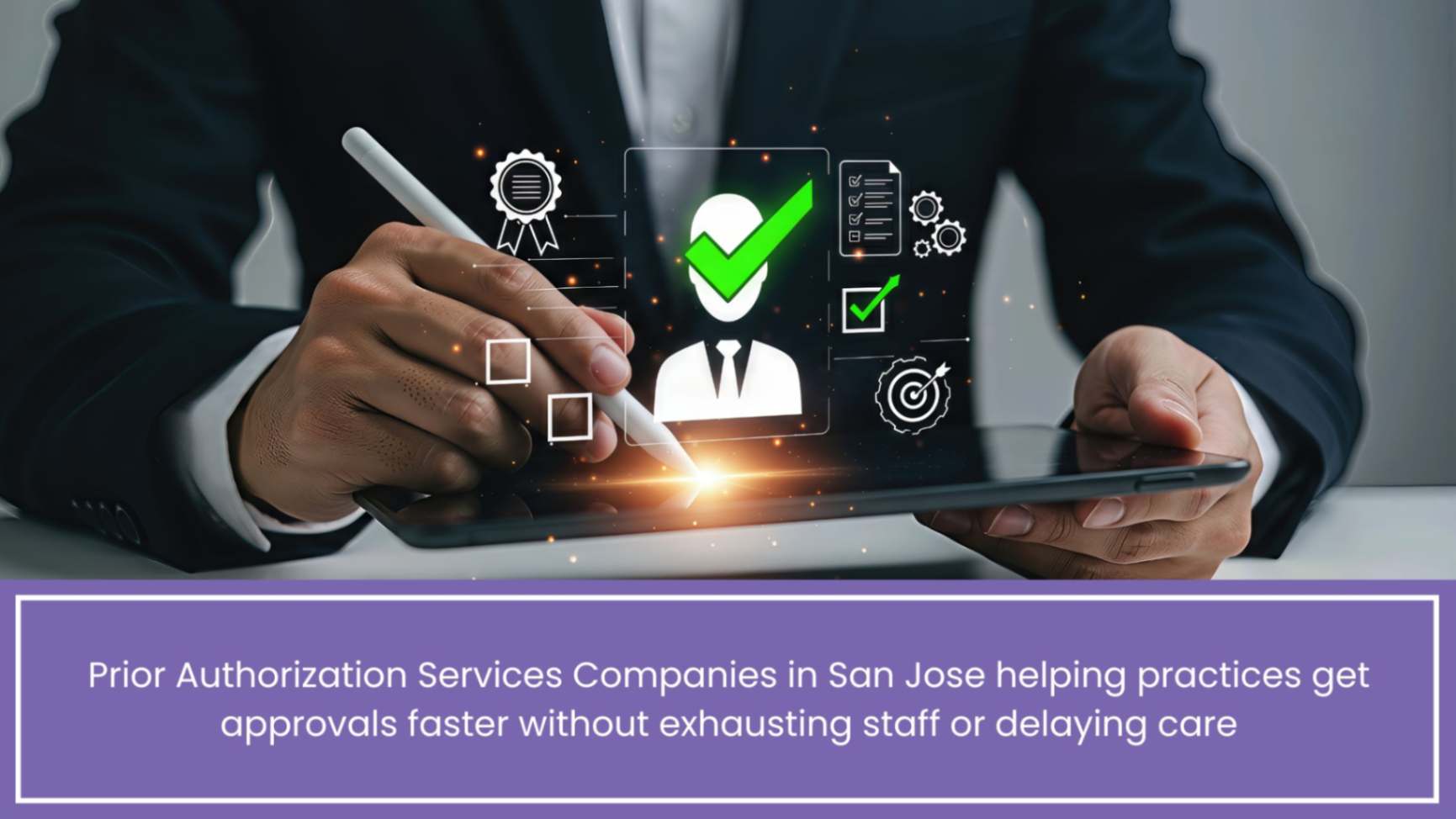Impact of Virtual Medical Assistants on Healthcare
The Impact of Virtual Medical Assistants on Healthcare Delivery in 2025 is transforming patient care and efficiency. These AI-driven assistants automate tasks like appointment scheduling, billing, and follow-ups to improve efficiency. By 2025 VMAs will integrate with EMRs and telehealth platforms with maximization of clinician time and cost reduction. One recent study showed that clinics who implemented VMA saw approximately 22% fewer no-shows and about 30% faster billing collections. Furthermore, these virtual assistants are fostering better communication: 70% of patients rate AI schedulers highly, and 72% trust voice assistants for refills. Providers prioritize HIPAA-compliant design and data security in their deployments of VMAs. This article looks at how Virtual medical assistants for healthcare providers will reshape workflows, support chronic care, and maintain compliance in 2025.
Table of Contents
How Virtual Medical Assistants Are Reshaping Patient Care in 2025
A virtual medical assistant (VMA) is one of those AI-powered entities working remotely to manage routine tasks in healthcare. They handle patient enquiries, schedule appointments, verify insurance, update records, and bill, thus allowing doctors and nurses to ensure more time goes to direct patient care. By automating these tasks, VMAs cut down bottlenecks in clinics; for instance, clinics that have Medical Assistant saw fewer missed appointments by around 22% and more rapid payment collections by around 30%. The public has also embraced VMAs, with about 70% expressing satisfaction with AI assistants in scheduling and answering questions. Another critical function of VMAs is enhancing patient engagement; for example, they can send daily medication reminders for chronic illnesses, converting patient isolation into reassurance. Essentially, VMAs bring care beyond the walls of the clinic by extending support to patients 24/7 with personalized follow-up, thereby reshaping the patient experience.
Top 7 Ways Virtual Healthcare Assistants Are Streamlining Clinical Workflows
Virtual healthcare assistant free up time and automate repetitive work through numerous features. They improve scheduling, communication, and data management to streamline operations. Here are seven key ways they optimize clinical workflows:
- Reducing Missed Appointments: Remote Medical Assistants send automated appointment reminders by phone, text, or email. Studies show this can cut no-show rates by about 22% , keeping schedules full and improving clinic utilization.
- Accelerating Insurance & Billing: Integrated remote Assistants can verify insurance coverage and process billing in real time. This accelerates collections (some clinics saw 30% faster payments) and saves staff hours each week . They catch errors early by cross-checking claims and eligibility.
- Streamlining Data Entry: AI assistants handle routine medical data entry and chart updates. They integrate seamlessly with EHR/EMR systems, updating patient records and lab results without manual effort . This reduces human errors and frees staff from tedious documentation.
- Improving Patient Communication: VMAs act like 24/7 virtual receptionists. They answer common patient questions via chat or voice, refill prescription requests, and send follow-up messages. By tapping into patient history, they can personalize outreach (e.g. reminding a diabetic patient to check blood sugar) . This ensures patients stay informed between visits.
- Basic Triage Support: Many AI assistants can perform initial symptom screening or triage. For instance, a chatbot might ask follow-up questions when a patient describes symptoms, flagging high-risk issues before they escalate . This reduces call volumes and lets nurses focus on complex cases.
- Facilitating Telehealth: VMAs handle telemedicine logistics. They manage virtual visit scheduling, send pre-visit reminders, and even provide technical support for video calls . Some systems also pull data from wearables (like blood pressure or glucose) and alert clinicians to concerning trends, enhancing remote monitoring and chronic disease management . This keeps telehealth sessions running smoothly and safely.
- Boosting Efficiency and Cutting Costs: By automating up to 30% of routine patient interactions , VMAs let clinics operate with leaner staff. Reports indicate practices can save around 50% on staffing costs by using virtual assistants for front-office duties . Overall, VMAs help practices see more patients with the same resources.
AI-Powered Virtual Assistants vs. Human Staff: What’s Changing in 2025?
AI virtual assistants and human medical staff play complementary roles. Modern VMAs use advanced natural language processing and machine learning, far beyond basic chatbots . This allows AI assistants to handle complex queries and learn over time, whereas traditional script-based bots could only answer simple questions. Clinics report that AI can manage roughly 30% of routine tasks like scheduling and follow-up , freeing human staff to focus on diagnosis and patient counseling. In practice, healthcare teams view VMAs as “digital helpers” rather than replacements . Doctors and nurses still oversee care and validate AI recommendations, ensuring safety. The main change is that providers now leverage AI to absorb administrative burdens, which was rare before 2025.
Can Virtual Medical Assistants Solve the Healthcare Staffing Crisis?
Healthcare worker shortages and burnout are pressing problems. VMAs cannot replace nurses or physicians, but they do alleviate pressure on existing teams. Because VMAs work 24/7 without breaks, small clinics can extend their capacity without hiring full-time staff . In fact, some practices report saving tens of thousands of dollars annually by outsourcing tasks to VMAs . By handling paperwork and routine patient calls, VMAs cut call-center volume (one study saw a 40% reduction) and reduce the “in-box” clutter that often overwhelms clinicians. Automation of tedious tasks also addresses burnout: documentation and admin work consume nearly half of a doctor’s time, and offloading this to AI significantly improves staff morale and retention . In summary, while VMAs don’t fully solve staffing shortages, they are an essential force-multiplier that helps clinics do more with fewer people.
Virtual Medical Assistants in Telehealth and Remote Monitoring
The rise of telemedicine by 2025 makes VMAs even more valuable. These assistants manage all aspects of virtual care: they schedule telehealth appointments, send video-call links, and guide patients through any technical issues . Studies indicate that using Virtual Health Assistant in telehealth operations can cut missed virtual visits by about 30%, and 60% of providers say VMAs improve their telehealth workflows . For remote patient monitoring, VMAs integrate with wearables and home devices. They automatically collect vital signs (e.g. blood pressure, glucose) and alert providers if data falls outside safe ranges. This proactive monitoring helps catch issues early, especially in chronic disease management. In effect, VMAs bridge the gap between doctors and patients at home, ensuring continuity of care outside the clinic .
Are Virtual Medical Assistants Safe? HIPAA, Compliance, and Security in 2025
Data security and patient privacy are top concerns. Reputable VMAs are designed with HIPAA compliance in mind. They incorporate strict safeguards: end-to-end encryption, role-based access controls, multi-factor authentication, and secure cloud storage . Virtual Assistant for healthcare handling protected health information (PHI) typically sign Business Associate Agreements to legally bind them to HIPAA standards . Industry experts note that a well-trained virtual assistant can be “as safe as on-site staff” when these protocols are followed . Healthcare organizations must also perform regular audits of their VMAs’ activity logs to detect any anomalies. In 2025, VMA vendors often advertise HIPAA certification and conduct ongoing compliance reviews. In practice, using a secure, HIPAA-compliant platform ensures patients’ data remain private, just as with any digital health tool .
10 Must-Have Features in a Virtual Medical Assistant in 2025
- HIPAA Compliance: Built-in data security (encrypted messaging, secure login) and a signed BAA are non-negotiable .
- EMR/EHR Integration: Seamless syncing with electronic records so VMA updates patient charts, schedules, and billing within the clinic’s health record system .
- Multichannel Communication: Chatbot and voice interfaces on websites, apps, and smart devices allow patients to reach the VMA anytime. Multilingual support is a plus for diverse communities .
- AI/NLP Intelligence: State-of-the-art AI conceiving the fluency of natural language thus makes the assistant answer really hard patient questions and triage symptoms (unlike fixed scripts).
- Scheduling & Reminders: Automatically book appointments and send out reminders (text, e-mail, or voice message reminders) with the purpose of reducing no-shows and keeping calendars airtight.
- Insurance & Billing: Information on insurance assessment in real time and claim processing with an aim of revenue-cycle efficiency (for operations in which VMA automatically raises flags about coverage matters).
- Telehealth and Monitoring: Scheduling video visits, sending call links, and doing device integration with wearables for the remote monitoring of patients.
- Patient Engagement: Automated follow-up surveys, patient education modules, personalized patient check-ins pertaining to medication adherence.
- Analytics and Reporting: The dashboard tracks key metrics such as performance by appointment, response times, patient satisfaction, and so forth, and practices data use for continuous improvement of the assistant performances.
- Scalable and Custom: Ready to scale with the practice to accommodate any number of interactions, with customizable workflows related to clinic specialty.
How do virtual medical assistants improve patient care?
VMAs afford better care by attending unto clinical staff and ministers of administration who deal with scheduling, reminding, queries so that clinicians may achieve more in face-to-face time with their patients. They also entertain patients in between visits, providing automatic follow-ups and health education. For the chronically ill, VMAs send reminders for medication and check on adherence, which causes an improvement in adherence and health outcome. Prompt basic support and patient satisfaction are other main support that ID VMA highlights. Patients get faster responses and basic support around the clock, which heightens their satisfaction.
Can Virtual Medical Assistants provide telehealth and remote monitoring?
Yes. VMAs have modern capabilities where they integrate fairly well with telehealth systems. They schedule and remind for virtual visits and can resolve technical issues either before or during a call. Many remote virtual assistants are also capable of pulling in data from home monitoring devices (wearables) and will notify providers if warning signs appear. In other words, they assist in keeping telemedicine reliable and bringing care into the patients’ homes without added staff.
Are virtual medical assistants HIPAA-compliant and secure?
Trusted healthcare Virtual Assistants are built for HIPAA compliance. They use encrypted communication channels and secure cloud storage, and their staff or vendors sign Business Associate Agreements to protect patient data . Providers typically conduct risk assessments and audits to ensure all data handling meets privacy laws. When properly implemented, VMAs can be “as safe as on-site staff” in safeguarding health information .
How do VMAs compare to hiring more staff?
A: VMAs can often perform many of the same administrative functions as entry-level staff (receptionists, billing clerks) at a fraction of the cost. Unlike adding headcount, a virtual assistant works around the clock and can be scaled up instantly. This means clinics can handle higher patient volumes and repetitive tasks without the expense of extra salaries. According to industry data, automating these tasks can save up to 50% on staffing costs , although human oversight remains critical for quality control.
Conclusion:
Virtual Medical Assistants are poised to dramatically transform healthcare delivery by 2025. By automating administrative tasks and enhancing patient engagement, VMAs reduce operational burdens and allow clinicians to focus on complex care . Their AI-driven scheduling, communication, and data-entry capabilities boost efficiency and patient satisfaction. Crucially, VMA platforms now embed strong HIPAA and security measures , making them safe for clinical use. As adoption grows, healthcare providers who embrace virtual assistants will see lower costs, streamlined workflows, and better outcomes, fundamentally reshaping patient care for the future.
Read More – From Chaos to Efficiency: A Small Practice’s Journey with a Virtual Assistant
Talk to Medical Billing Expert Today — Get a Free Demo Now!






